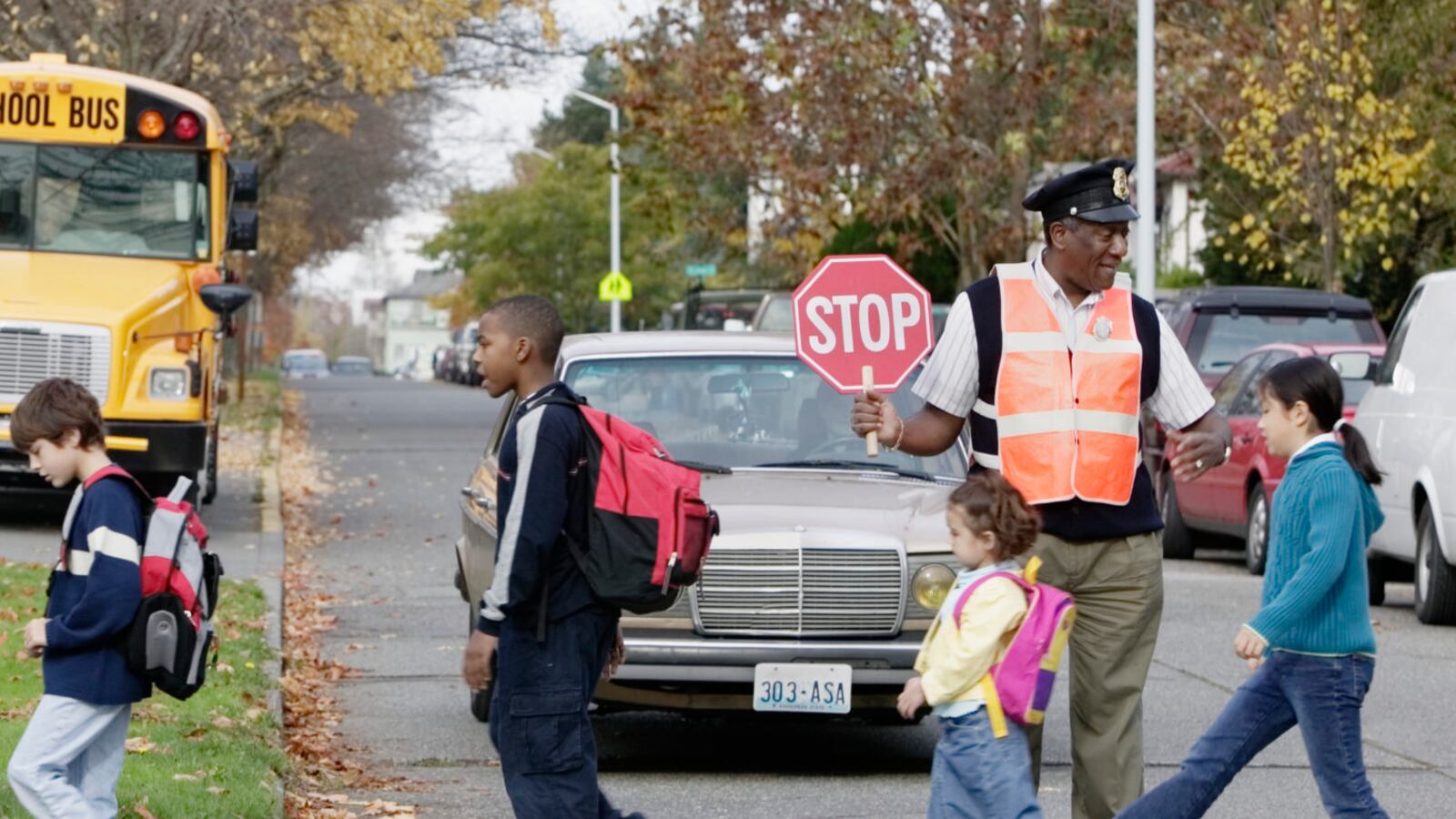Two decades after Michigan created dozens of school choice options for students in Detroit, a new report finds that just a quarter of students are now attending the school nearest to their home.
The rest are traveling to schools outside their neighborhoods, making round-trip journeys averaging 14 minutes for elementary school students and 24 minutes for high school students.
Those traveling students are attending slightly higher-quality schools on average than they would if they stayed closer to home, according to the report from the Urban Institute, and researchers from Michigan State and Seton Hall University. That’s especially true for the 1 in 5 students who leave the city every day to attend schools in the suburbs.
But the report, titled Motor City Miles, warns that not all students have the same access to those better-performing schools. White and Asian students were more likely to travel outside the city for schools than Black and Hispanic students, the report found, looking at the 2015-16 school year, though Black and Hispanic students traveled longer distances.
“Without going in and surveying and talking to parents, we can’t make an inference about what parents are seeking when they’re leaving their nearest school,” said Joshua Cowen, an associate professor of education policy at Michigan State University, one of the authors of the report. “The implication here is that the vast majority are exercising some agency in their school decisions … the data tend to be telling us that they’re looking for higher-quality options.”
Most Detroit students — 65 percent — travel to school in a car while 20 percent take a yellow bus to school, the study found.
Another ten percent rely on public transit, but Detroit’s public transit system is not as extensive as systems in other cities. That means that in a city where roughly 25 percent of residents do not have access to a reliable vehicle, Detroiters who want to find a better school for their children sometimes have to make difficult journeys to access quality schools.
A Chalkbeat story two years ago chronicled the experience of parents who travelled as much as six hours on eight buses to get their children to school and back.
The Motor City Miles study sheds more light on the situation across the city.
Cowen said he hopes the findings will inform policy decisions.
“These are trends people speculated about but we’ve got some numbers behind them,” Cowen said. “The hope is that reports like this can serve as a resource … when we’re talking about making policy decisions, whether about expanding access to choice or rerouting busing.”
Michigan does not require schools to provide busing to students and bus options are often spotty for students attending charter schools, suburban schools, or magnet schools outside their neighborhoods.
That’s something both major-party candidates for governor have vowed to address if they’re elected next month to lead the state.
Democrat Gretchen Whitmer and Republican Bill Schuette both committed to funding more school transportation as one solution to the issues raised by the recent Moving Costs series from Chalkbeat and Bridge Magazine. The series documented the serious consequences caused by Detroit students frequently changing schools.
Read the full transportation study below.

